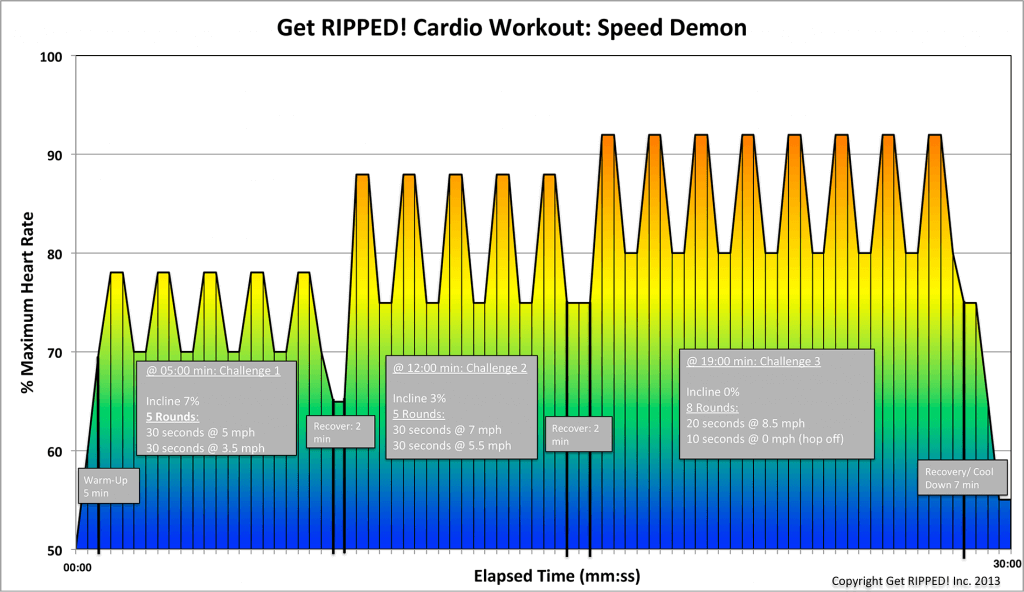ANSWER:
The video and audios for STREAMING require internet access. If you’re having troubles loading or playing videos, it could be your connection speed to the internet. Here’s a test that you can run to check your internet speed capabilities: JUST CLICK HERE to run the FULL test. Here’s what the results mean. For STREAMING your download speed should be, at minimum, in 4-6Mbps range shown below.
Download Speeds
1-4 Mbps
Generally, this is the lowest level of service available in most areas. Email and most web site will load fine and most music streaming services will work without interruption. Internet phone services (VOIP) should have no trouble. But Standard Definition (SD) videos will buffer on occasion.
4-6 Mbps
According to the Federal Communications Commission, this is the minimum speed “generally required for using today’s video rich broadband applications and services.” Users at this speed should not have any trouble with streaming audio or video. Service at this speed will allow some file sharing and should work fine for streaming Internet TV (IP TV).
6-10 Mbps
For online gamers and heavy video-on-demand, this is the preferred speed. This speed delivers uninterupted online gaming and smooth on-demand video as long as only one device is using a high bandwidth service.
10-15 Mbps
Users at this speed say they do notice the increase in speed. Web sites drop right into the browser and your interaction with web-based applications and cloud services will be much quicker. Will help you interact with more complex online applications like remote education services, telemedicine and high definition Internet TV.
15-50 Mbps
If you have a number of devices connected to your network and want to use them at the same time without delays, this may be the speed for you. With the explosion of electronic products that can be connected to the Internet, keeping them all working at peak performance is going to be an increasing challenge. Multiple simultaneous connections will require this level of service.
50+ Mbps
Speed like this is not usually seen feeding home networks. The main reasons for such blazing download speed are commercial – video conferencing, real-time data collection and intense remote computing. But again, with the explosion of web-enabled devices in homes, speed like this may someday become the new normal. Remember, we used to access the Internet with dial-up modems.

